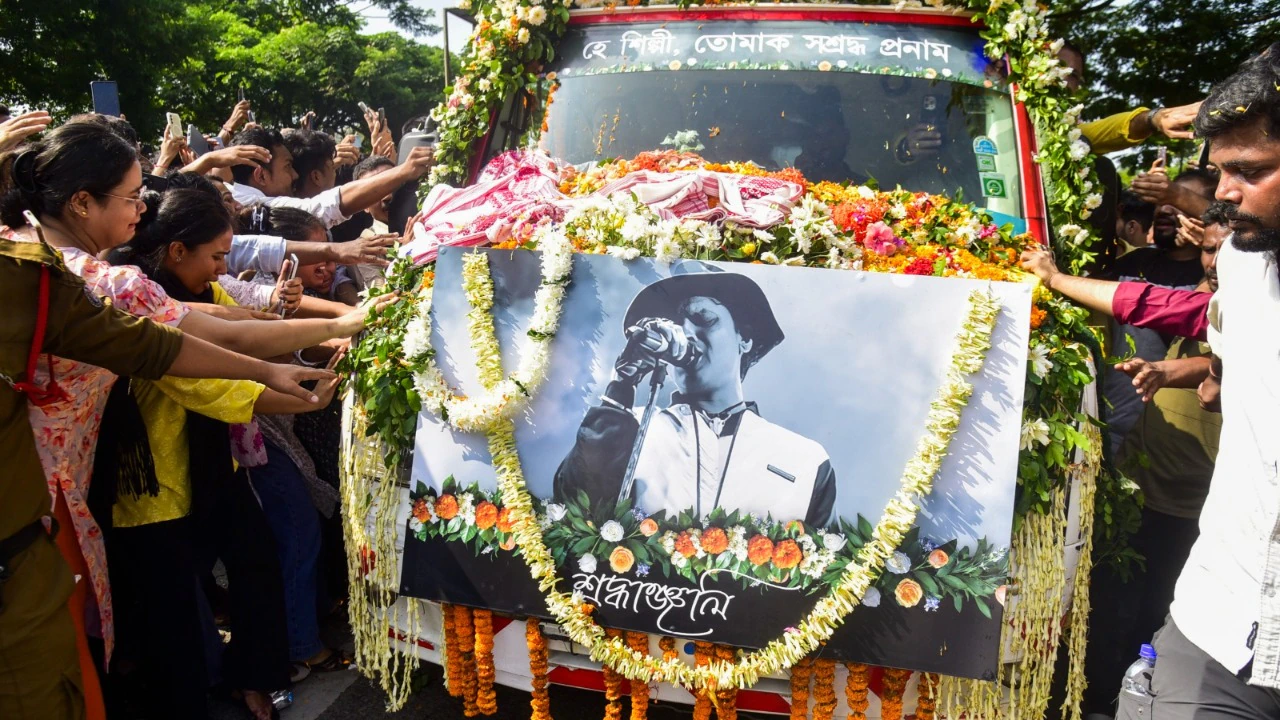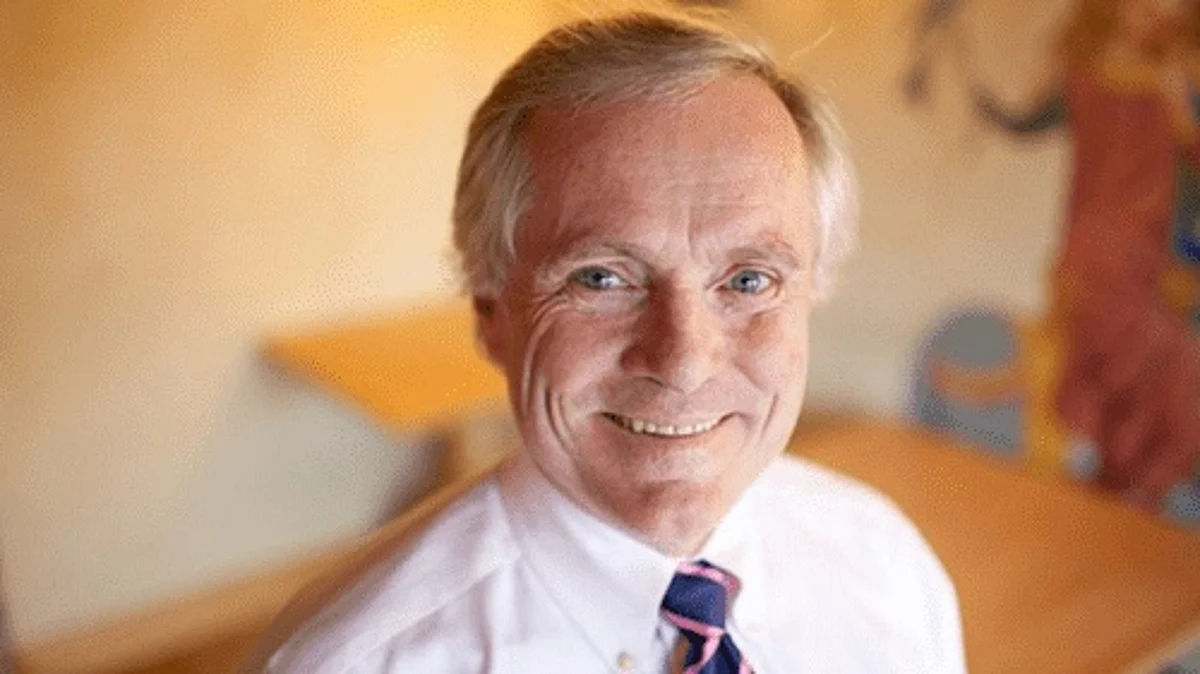By Yudhajit Shankar Das
Copyright indiatoday

On September 19, as the shocking news of Zubeen Garg’s death in Singapore broke, Jubin Nautiyal started trending. Most in the Hindi heartland, and for that matter in most parts of the country, must have tragically mixed the two. Nautiyal might be better known. But the outpouring of grief in Assam and how lakhs descended on the streets to pay tribute to Zubeen Garg surprised the country. The rest of India never realised that the singer from Assam was so big, both in life and death.One might call it the dichotomy, or even tragedy, of India’s diversity. Zubeen Garg, who has a cult-like following in the northeast, never claimed the recognition he deserved in the rest of India..preferred-source-banner{ margin-top: 10px; margin-bottom:10px;}It is also a tragedy that Zubeen Garg, who sang over 36,000 songs in over a dozen languages, had to be pitched to readers as the “Ya Ali singer”. For the people of Assam, there is no Bihu without Zubeen’s numbers. Entire generations have grown up humming the songs of the balladeer, since his first album, Anamika, was released in 1992. Zubeen Da, for the young, acted in 27 films and single-handedly revived the Assamese film industry.And Zubeen Garg isn’t a lone example. Several regional icons have lived and died in India, leaving behind an indelible imprint, despite close to zero recognition nationally.In 2021, an estimated 20 lakh people turned up at the funeral of Kannada actor Puneeth Rajkumar. The country was surprised at his fan following as lakhs of people descended upon Bengaluru after the 46-year-old actor passed away after a heart attack.WHEN DOES A COUNTRY REALISE A BIG TALENT HAS BEEN LOST?Does it really need big turnouts at funerals to make the country realise that a big talent has been lost without due recognition in life?”The entire country has woken up, the entire world is seeing how much loved Zubeen Garg was. I think that is also a dichotomy that we have to live with in a country like India, where unless you represent a bigger culture, in terms of the language spoken or the popularity, you don’t get popular across the country,” says Utpal Borpujari, a double National Award-winning filmmaker.Talent itself doesn’t assure recognition or success unless the artist is from a dominant culture, representing a bigger demography. Take for example another Assamese singer, Kalpana Patowary.Kalpana is popular not only in Assam but in Bihar and Poorvanchal as well because of her Bhojpuri songs. But the rest of India would resort to Google search.In its heyday, Doordarshan promoted regional cinema and music was promoted, but the rise of cable TV and now social media, has given dominant languages a natural advantage. Though termed democratic, social media is built with an inherent demographic bias.There are platforms like Coke Studio, but they too are niche. Kalpana Patowary, like upcoming Assamese singer Shankuraj Konwar, has benefitted somewhat from Coke Studio. At least we know of singers like Harshdeep Kaur, Khagen Gogi, Sona Mohapatra, Usri Banerjee and the many others, we know of Ha Gulo, Jhumoor, Rongoboti and Sundari Komola.RECOGNISING THE PROBLEM IS THE FIRST STEPThere might be no quick-fix solution given India’s diversity and rich pool of talent. But recognising that there is a problem of dichotomy in the diversity might be the first step. Regional music and cinema needs to boost itself in the Davis vs Goliath battle.When the Assamese music industry was in the doldrums, Zubeen Garg brought in a fresh breath of air, like which blows through the green tea gardens of upper Assam. He stayed true to his roots, and had clarity and conviction.It is true that music was one part that helped build the cult that Zubeen presided on. His ever-helping nature, unadvertised charity, human fallacies and emotional outbursts helped him connect seamlessly with millions of people across Assam. He was a social phenomenon unseen in recent decades.”Across India, there could be hardly any other example of such kind of love that is shown to any artist. And I think that’s also a kind of lesson, that you don’t only promote and publicise people who sing in the bigger languages. You also try and find out cultural personalities who work in various parts of the country in their own languages and how big they are in terms of their influence on society,” says Borpujari.Though viral reels, chartbusters and commercial compulsions are a reality, the lives of regional icons like Soumitra Chatterjee, SP Balasubrahmanyam, Sharda Sinha, Puneeth Rajkumar and Zubeen Garg are realities too. They define societies and entire ages, far from the national spotlight.”It’s not just about the popularity of a song or how many likes you get on social media. It’s much more beyond that,” says Borpujari.Zubeen Garg has attained immortality with his forever-hummable songs and a rich legacy of helping absolute strangers. His life and death also reveal the dichotomy presented by India’s rich diversity.- EndsPublished By: Priyanjali NarayanPublished On: Sep 23, 2025Tune InMust Watch



